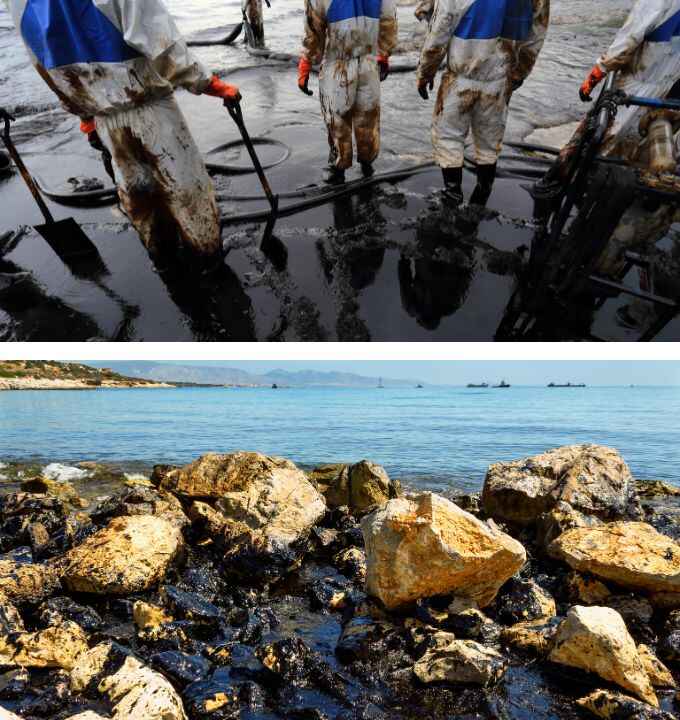
01
Tier 02
After identifying the level of the disaster as a medium scale looking at hazards, vulnerability, and capacity this will be a Tier 2 Oil and HNS Spill response. There according to 2008/35 Marine Pollution Prevention Act MEPA to activate NOHSCOP.

02
Activation of NOHSCP by Director NOHSCOP
Upon notification of an assessment from the operational room, the National Oil and HNS Spill Contingency Plan (NOHSCP) Level 2 system will be activated. This activation triggers the notification of the Incident Management Team and other relevant institutions. The NOSCOP Level 2 system is designed to streamline the response to oil and HNS spills, ensuring a swift and coordinated effort to mitigate environmental damage and protect marine ecosystems.
NOHSCOP activating procedure
Supported Parties: 


Resources
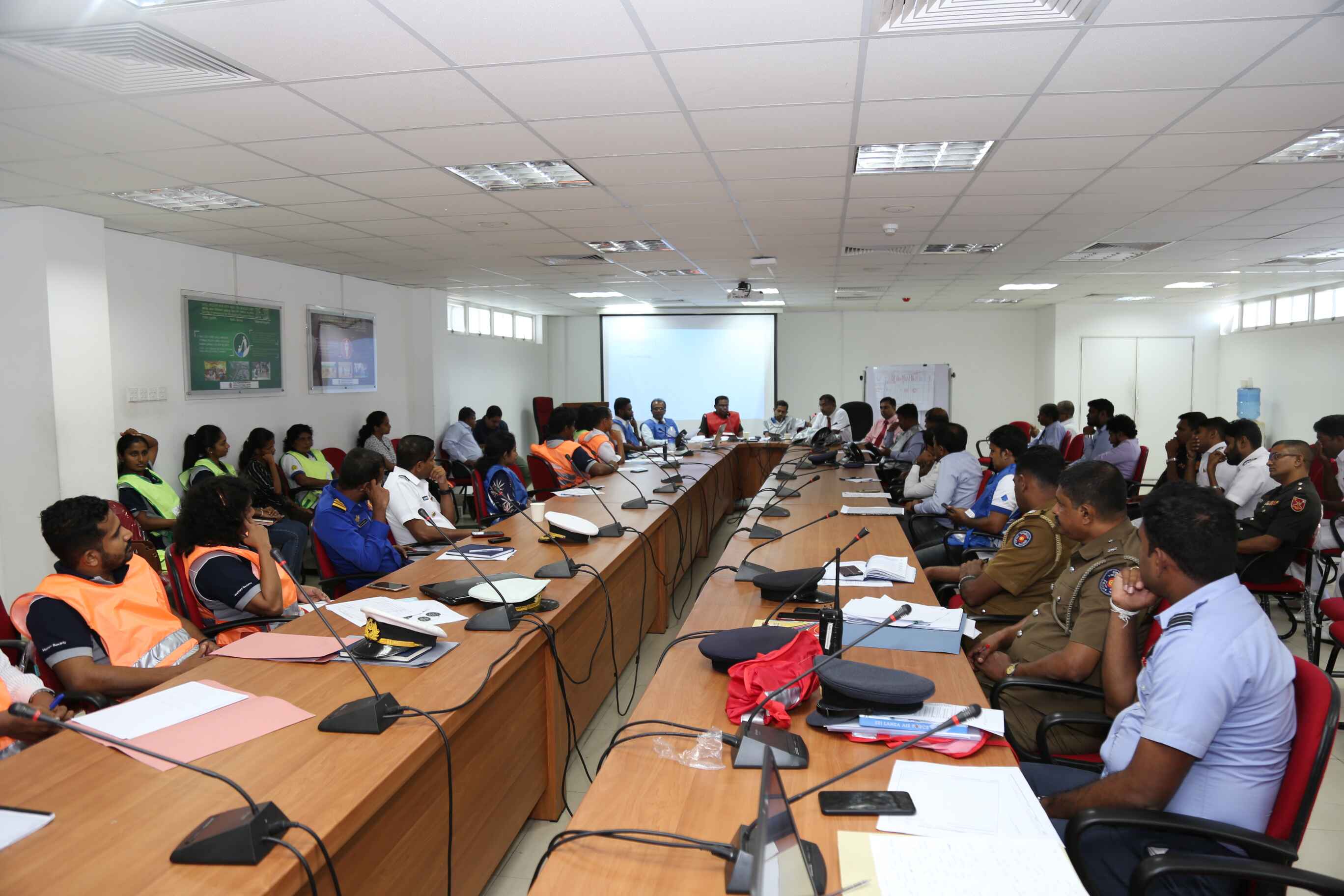
03
Reporting IMT to MEPA operation room
After notification of an oil Spill or hazardous and noxious substance (HNS) spill, the Incident Management Team (IMT) will gather to discuss the current situation and incident. The IMT will share information and assess the severity and impact of the spill. Based on this assessment, the IMT will decide on future actions, such as appointing an incident command, activating the Incident Command System (ICS), and preparing an Incident Action Plan (IAP).
Sharing the Ops Room location
Supported Parties:


Logistical arrangement for IMT Meeting
Supported Parties:



Resources
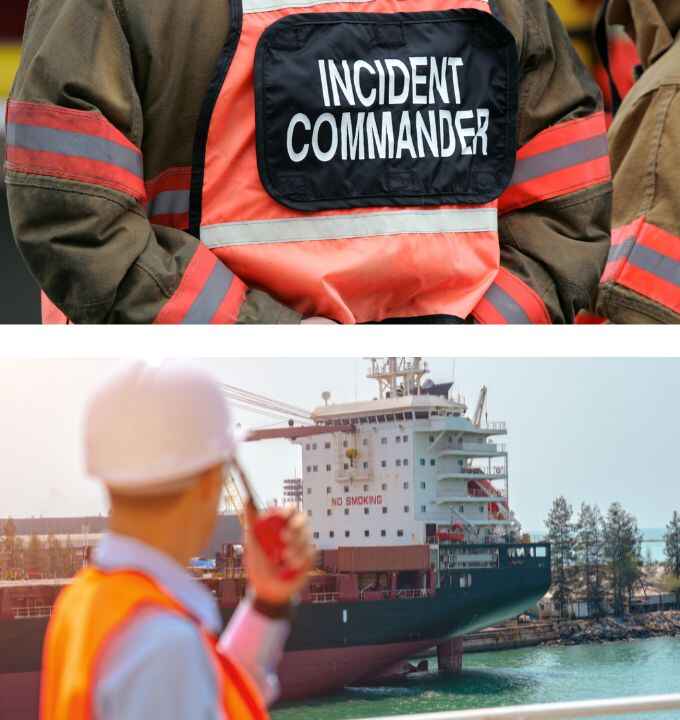
04
Appoint Incident Commander/Unified Commanders And Othee Staff
If there is not a pre-designated Incident Commander (IC) and other staff appoint a suitable Incident Commander and other staff.
NOHSCP Reference
Supported: 

List of pre-designated Incident Commanders and staff
Supported Parties:

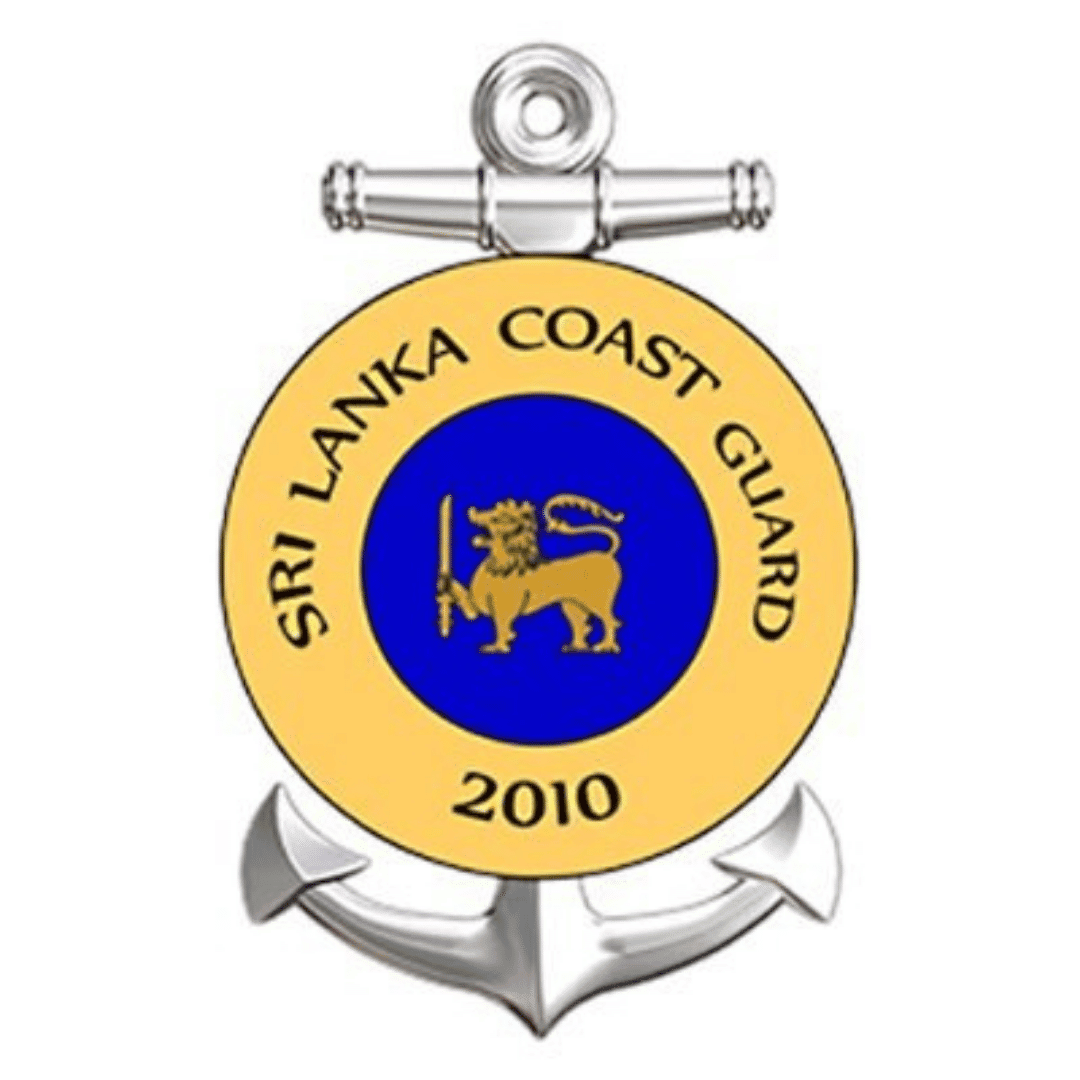
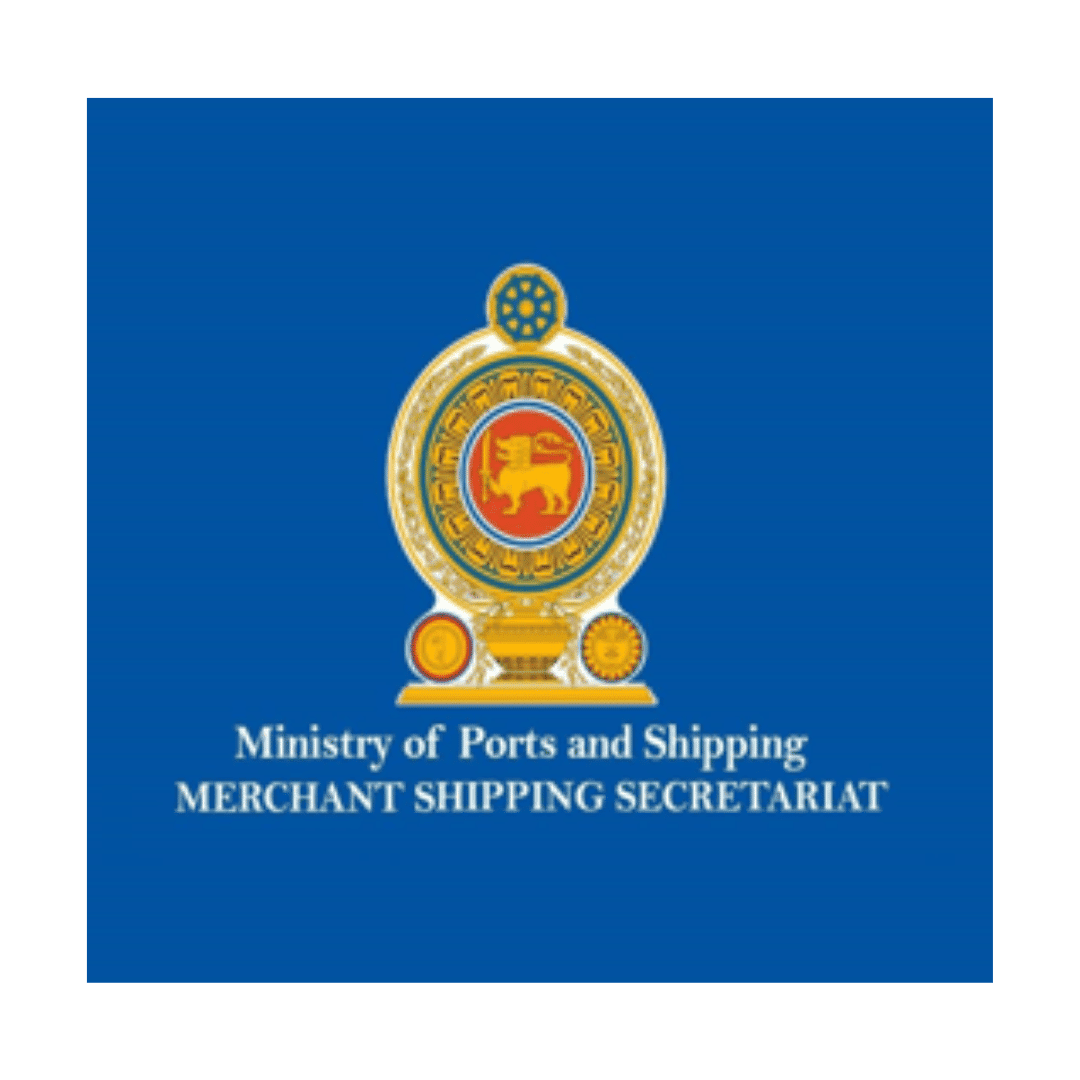
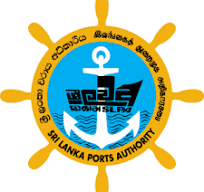






ICS Trained staff database
Supported Parties:















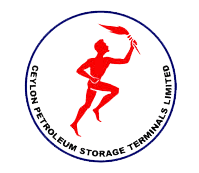
















Selection criteria for Incident Command officers
Supported Parties:
































ICS Handbook
Supported Parties:
































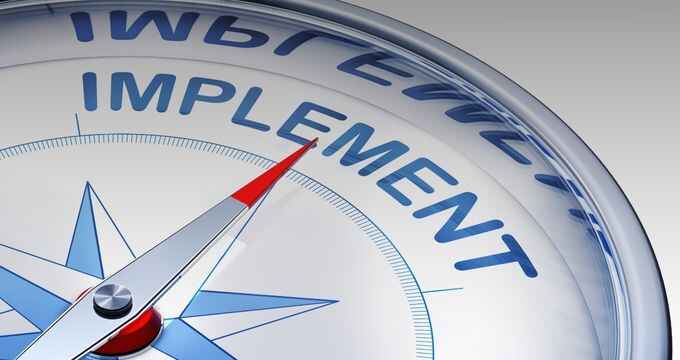
05
Implement Incident Command System
Tier 2 response to oil and hazardous and noxious substance (HNS) spills involves a coordinated effort by multiple agencies, and the response operation is carried out according to the international standard Incident Command System (ICS) procedures.

Resources
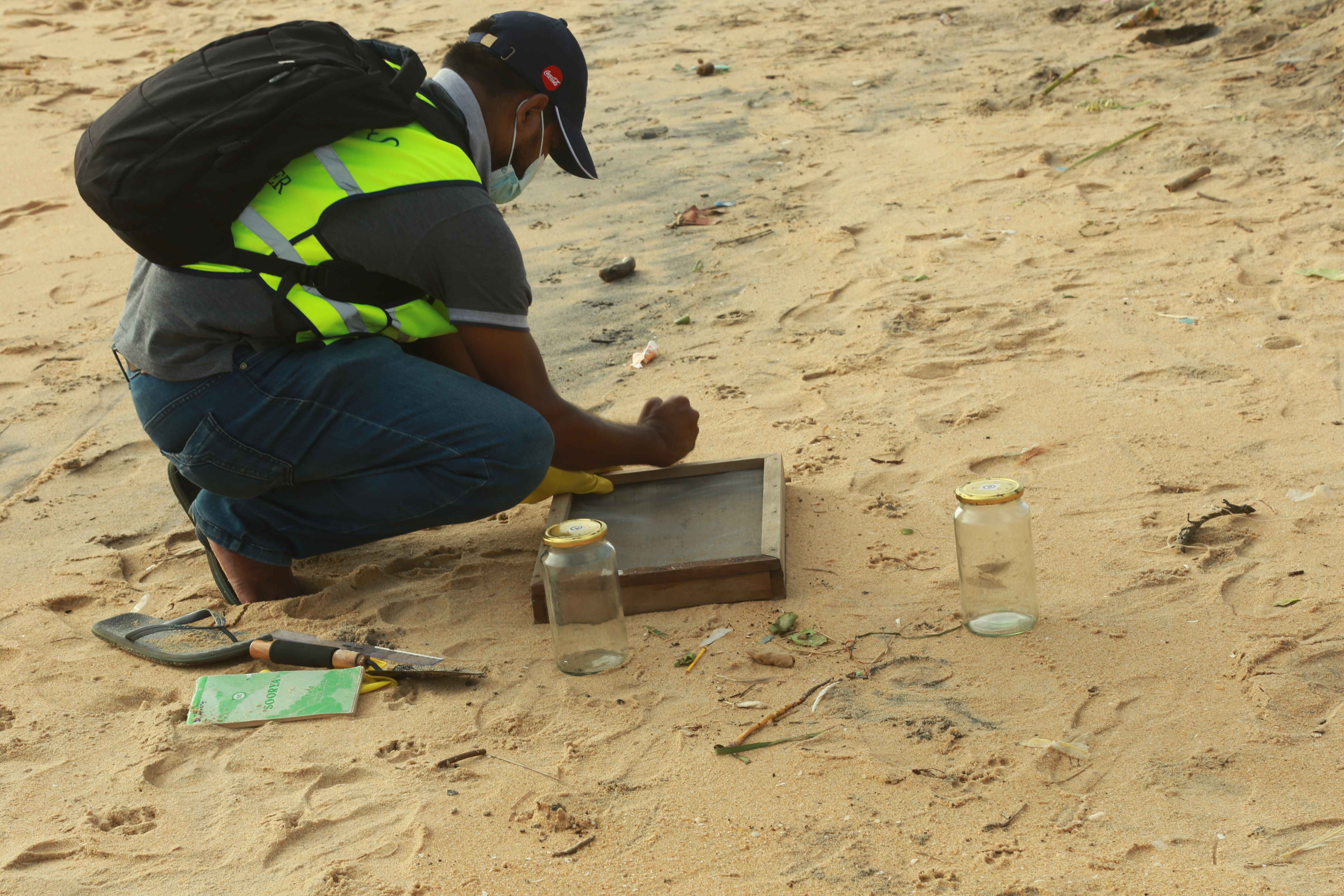
06
Evaluation of Pollution Impact
Evaluating the damage from an oil or hazardous and noxious substance (HNS) spill involves assessing its impact on the environment, wildlife, local communities, and the economy. The extent of the damage can vary depending on factors such as the type, volume of the spilled substance, location of the spill, and the effectiveness of the response efforts.
Baseline data
Supported Parties:








Chemeo model & oil spill model
Supported Parties:








SOP for evaluating the pollution impact
Supported Parties:








Responsibilities of relevant agencies
Supported Parties:








Sampling protocol
Supported Parties:








Sample sending protocol to foreign laboratories
Supported Parties:








Data sharing agreements with each agency
Supported Parties:









Resources
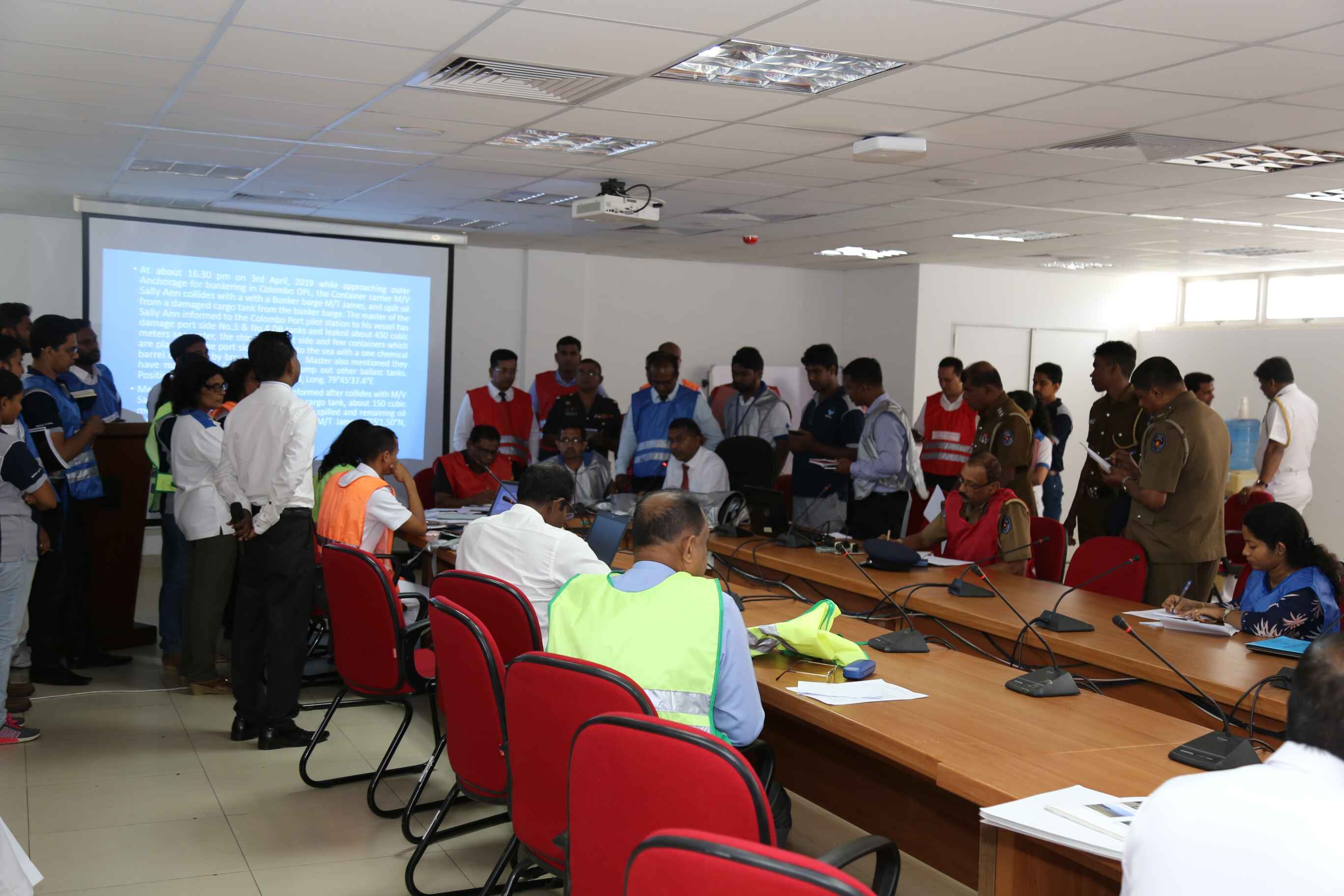
07
ICS Planning Process
The Planning Process serves as a structured guide for the incident response process, outlining the steps involved from initial notification to ongoing assessment and planning.
Responsible officers in the planning cell
Supported Parties:
































Supported Parties:



Resources
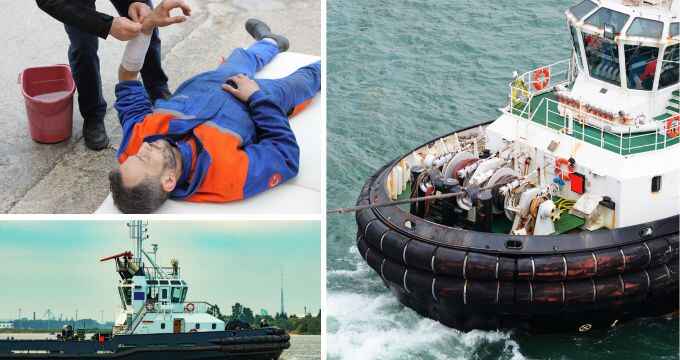
08
Prepare Incident Action Plan
The Incident Action Plan (IAP) is a critical document that outlines the response strategy to manage an oil or HNS spill. It is developed by the Planning Section and submitted to the Incident Command for approval.
Incident Action Plan form
Supported Parties:


Responsibility of Planning Cell
Supported Parties:
































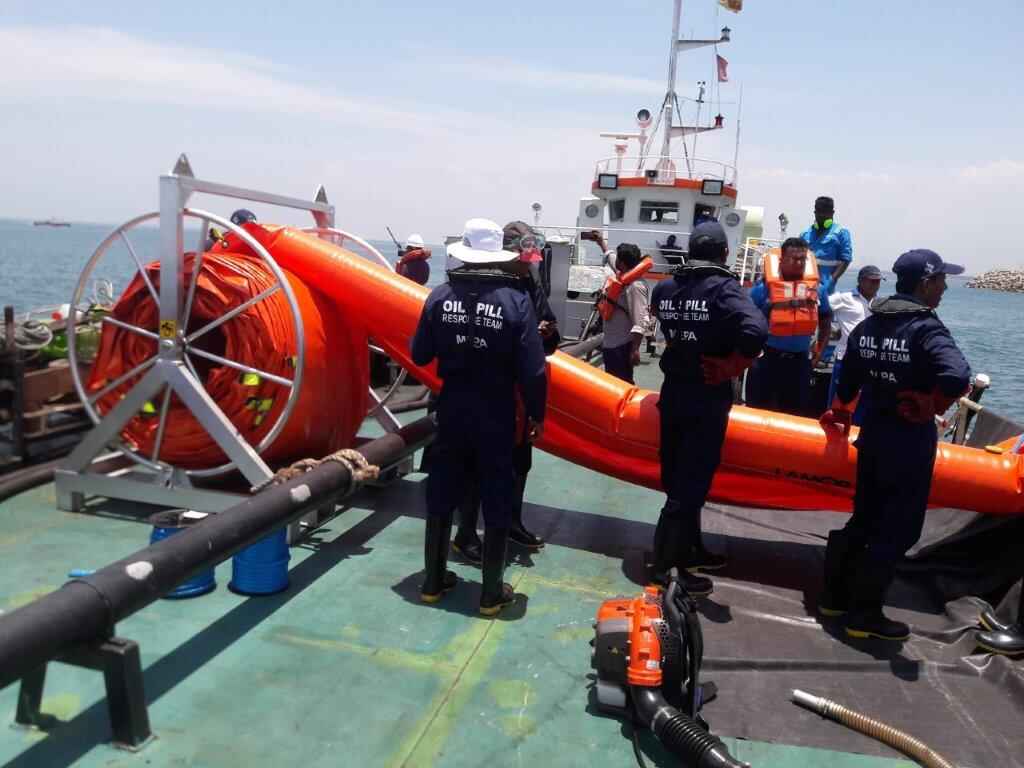
09
Operation Process - Mobilization
According to the Incident Action Plan (IAP), the mobilization of equipment and manpower to carry out response actions is the responsibility of the Operations Section. The Operations Section is tasked with implementing the response strategies outlined in the IAP and ensuring that response activities are carried out safely and effectively.

Resources
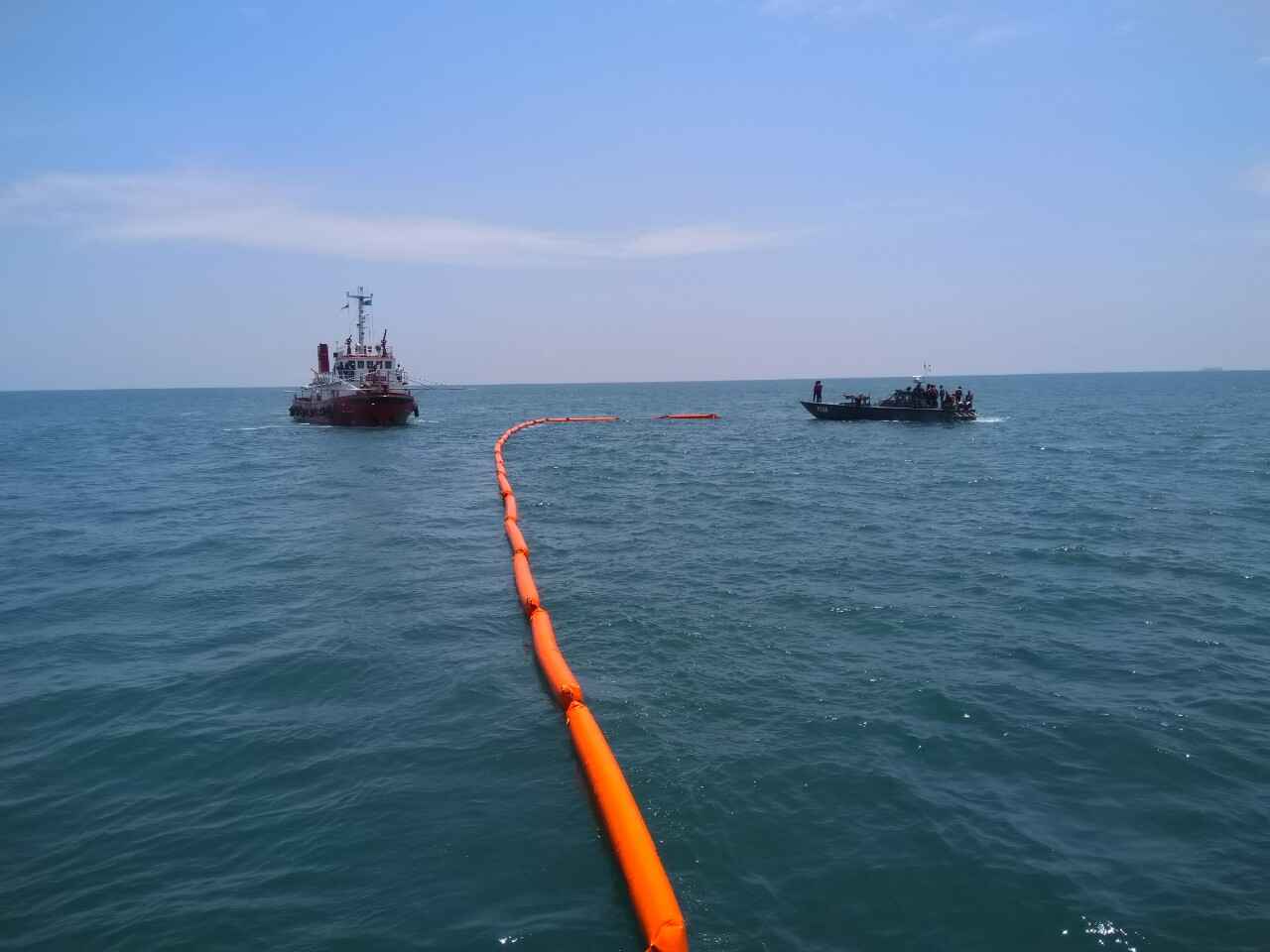
10
Response Operation at Sea
Response and measures taken for prevention of oil & HNS spill at sea.
Available capacities (Equipment and Human Resources)
Supported Parties:


List of responsible agencies
Supported Parties:









Resources
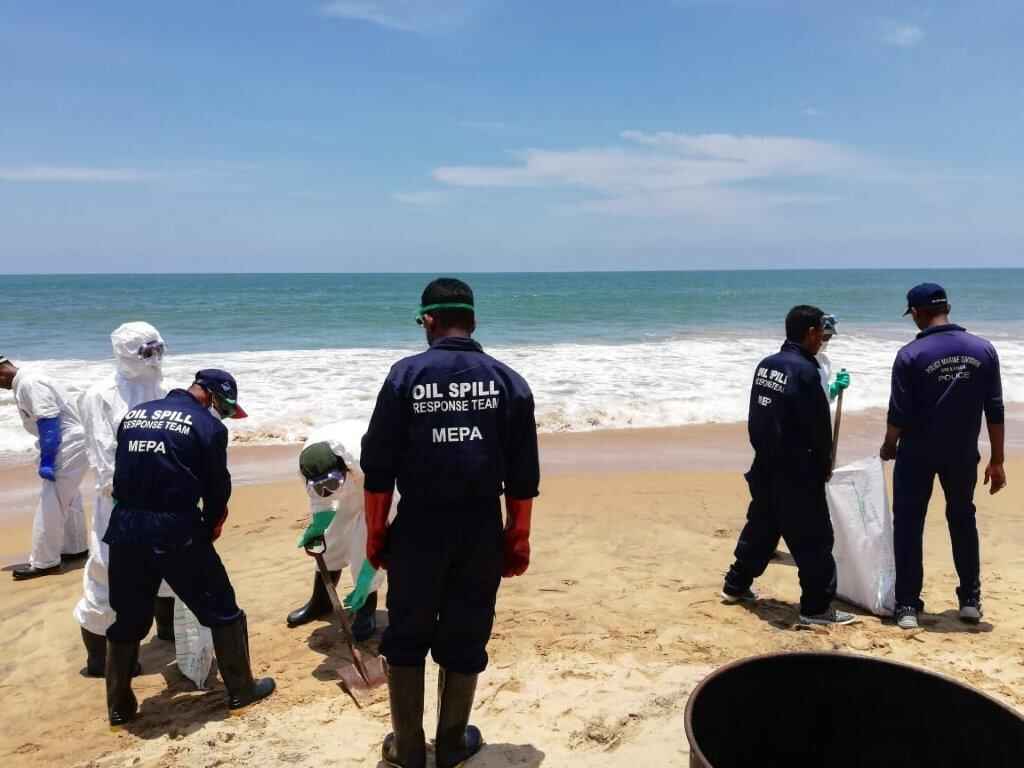
11
Response Operation at Shore
Response and measures are taken for the prevention of oil and HNS spills at shore.
NOHSCP Reference
Supported Parties:


List Responsible Agencies (MEPA, SLA, SLN, SL Police, Wildlife, SLCA, Volunteers)
Supported Parties:










Response procedures for HNS
Supported Parties:











Resources

12
Logistic Support
Emergency logistic procedure
Supported Parties:
Responsibility of Logistic chief and cell
Supported Parties:
Equipment distribution and monitoring database
Supported Parties:

Resources
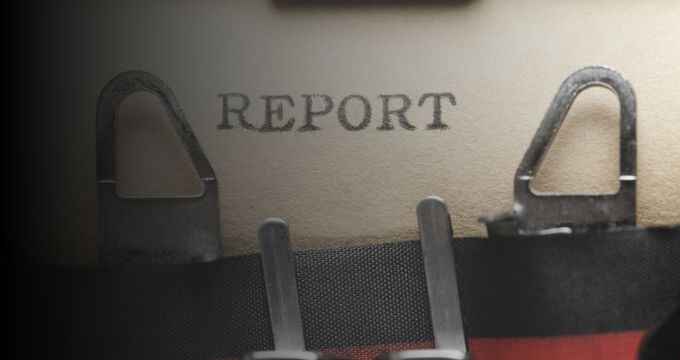
13
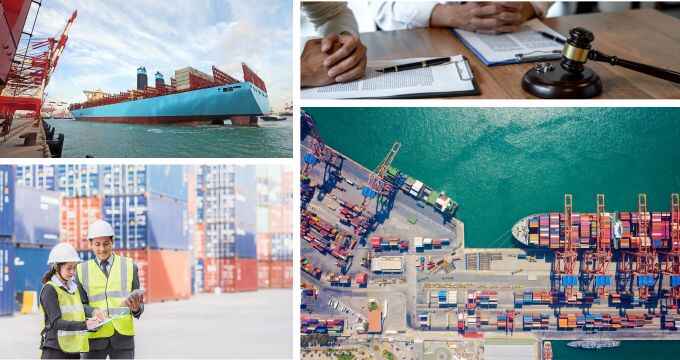
14
Response Termination
The termination of oil spill response is a crucial decision that is made by the Incident Commander (IC), with the consent of the MEPA Chairman, or all Unified Command (UC) representatives with the consent of their respective heads. Before seeking the termination of the response, the IC or UC will hold a meeting of all commands and General Staff to determine whether the strategic objectives of the response have been achieved and the incident response has been adequately completed.
Termination Procedure
Supported Parties:

































Resources
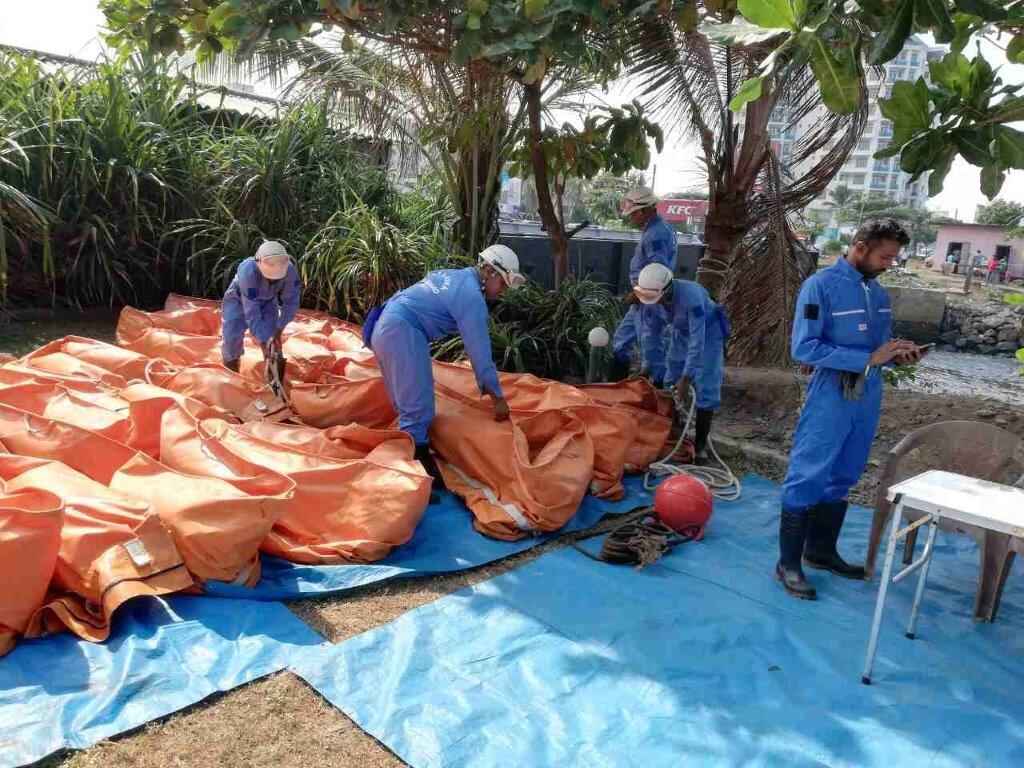
15
Demobilization
Demobilization is a crucial aspect of long-term planning in response to oil or HNS spills, requiring constant monitoring of ongoing operations, resource needs, and forecasted endpoints. The Planning Section (or a designated Demobilization Unit Leader) is responsible for coordinating the development of a demobilization plan, which includes key aspects such as the receipt of all response-related documentation, return of response equipment, and debriefing with key supervisory personnel.
Responsibilities for the relevant agencies
Supported Parties:
































Demobilization procedure
Supported Parties:

































Resources
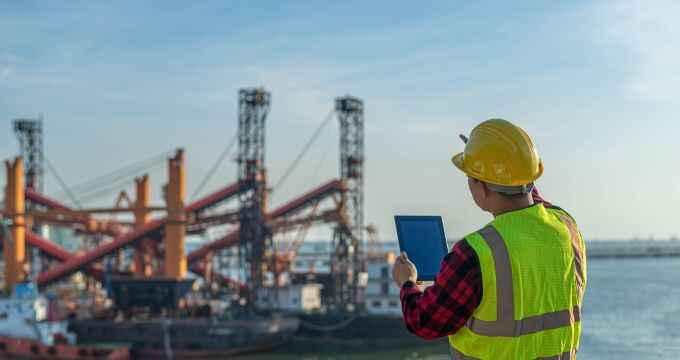
16
Debriefing
After completing the spill response, a briefing involving the Director of NOSCOP, the Incident Commander (IC), and the Incident Management Team should promptly occur. The purpose is not to assess individual performance but to evaluate the response, extract lessons for future planning, and enhance the organization and effectiveness of the National Plan.
SOPs for debriefing
Supported Parties:

































Resources

17
Post Incident Report
After concluding the pollution response, the Incident Commander (IC) will compile a final report summarizing the pollution incident and its progression, response actions taken, assistance provided by other organizations, evaluation of response operations, costs incurred, environmental and economic damage estimates, challenges, faced and recommendations for improvement.
Responsibilities of incident Commander
Supported Parties:
































Format for post-incident report
Supported Parties:
































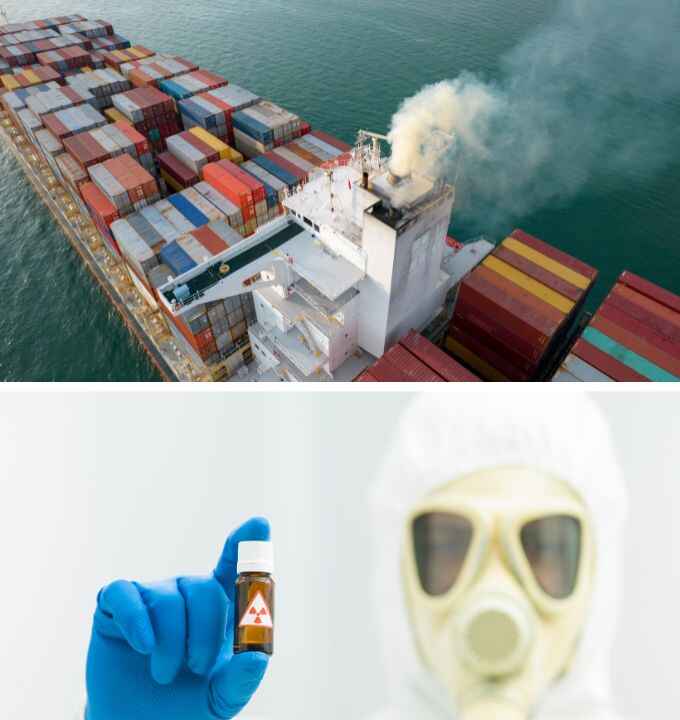
18
Radio Active Chemical Spill
Responding to a radioactive chemical spill at sea is a complex and challenging task that requires careful, planning, coordination, and specialized expertise. The primary objectives are to contain the spill, mitigate, its effects, and prevent further environmental and public health risks. It appears that the Sri Lanka Atomic Energy Regulatory Council (AERC) is responding for preparing and implementing plans for responding to radioactive chemical spills, but their current plan focuses solely on incidents occurring on land.
NOHSCP Reference
Supported Parties:


Radio Active Chemical Spill Prevention Plan (AERC)-Whether the plan is available for radioactive material spill at sea.
Supported Parties:


List of responsible agencies
Supported Parties:


Responsibilities of relevant agencies
Supported Parties:





